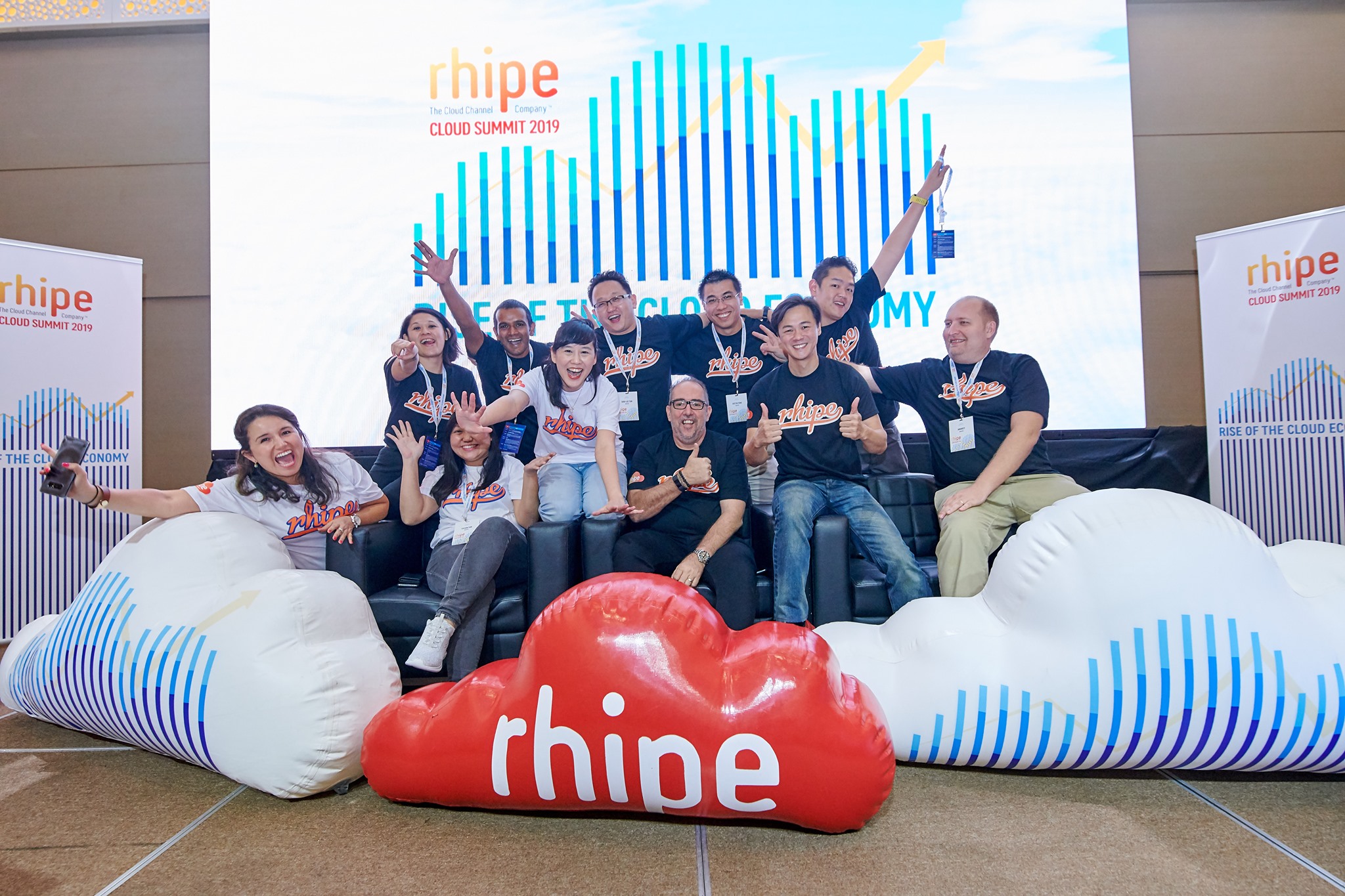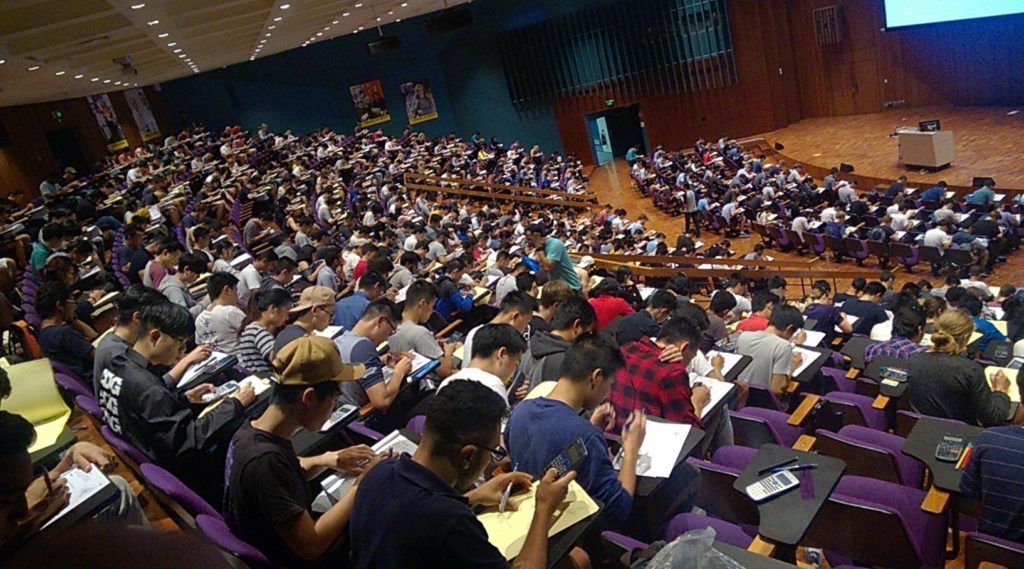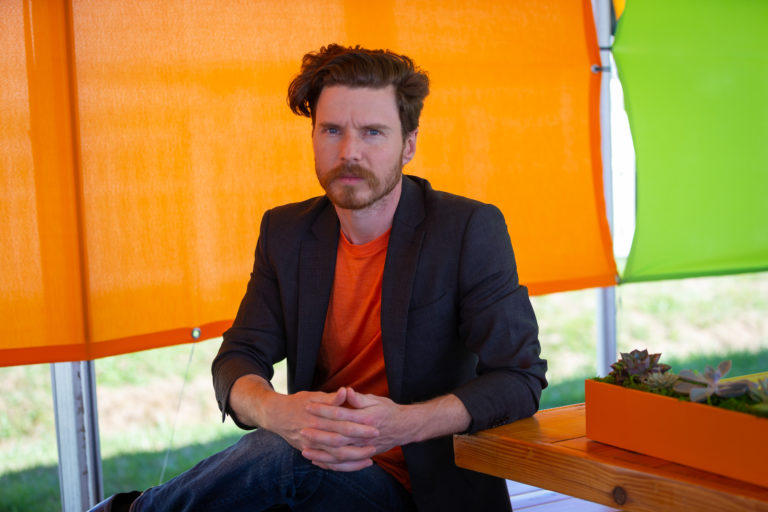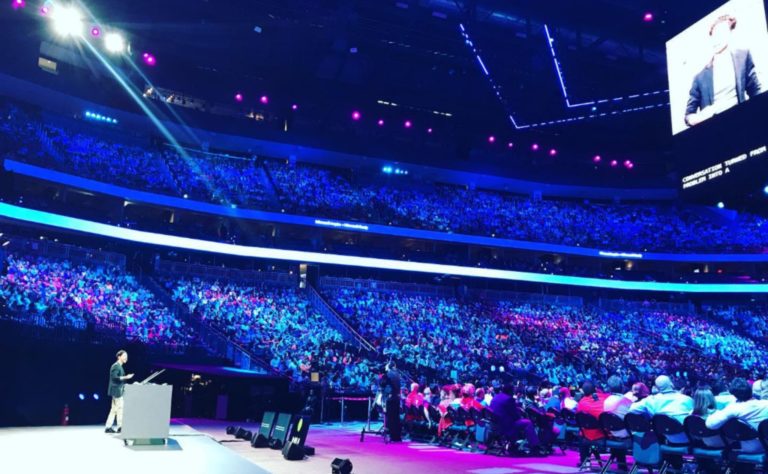
rhipe crowned 2019 Microsoft Country Partner of the Year for Malaysia
August 27, 2019
NetApp Delivers Simple, Scalable, and Integrated Solutions to Manage Virtual Desktops and Deploy Hybrid Cloud at VMworld 2019
August 27, 2019High tech for higher ed: An Australian engineering professor revamps student learning with Teams

It may be easy to think artificial intelligence is only accessible to high-tech maestros at work in a high-security building, but for the past three years, deep in the halls of academia, engineer and professor David Kellermann has managed – on the side – to develop a new AI-based learning platform for his students in Australia that just may lead the way to global change in how higher education gets delivered.
As early as fourth grade, Kellermann knew he would be a mechanical engineer. The 37-year-old shifted his focus toward teaching a decade after receiving his Ph.D. in computational mechanics and is now a senior lecturer in the School of Mechanical and Manufacturing Engineering at the University of New South Wales (UNSW) in Sydney. With about 65,000 students, the university ranks among the largest in the world. That means Kellermann manages classes of 500 or more, all seeking his attention in different ways.
Kellermann wanted to move the students from “500 islands” to a single team, working together no matter where they are or what their individual situations might be. So he put together a platform that combines just about every product Microsoft offers into a unique experience for learning – from a Question bot that is capable of answering students’ queries on its own and can find and deliver relevant video clips from past lectures, to a Power BI dashboard that shows how students’ exam answers compare to peers’ and helps build personalized study packs for future tests based on previous performance.
“One of the things I love best about Dr. Kellermann’s style is the notion that, ‘We have all this technology in the world. Why are we not using it to our advantage?’” said Daniel Wong, a tutor for Kellermann’s engineering classes. “The technological end of UNSW’s education has always been more traditional, and Dr. Kellermann leads the front on changing that.”

When Kellermann began studying mechanical engineering at UNSW in 2000, his professors would write on clear transparencies beamed onto the wall with overhead projectors. Students copied what they saw into paper notebooks and worked on problems from the textbooks they were required to buy. Collaboration and physical presence were necessities – students had to be on-site to copy down the notes and participate in study groups, which were the only way to get help with problems.
“The learning community was the means for survival, but not in a positive way,” Kellermann recalled. “You had to collaborate to survive.”
By the time he began teaching, the first wave of digital education was in full swing. Students could upload digital copies of course packs rather than having to buy textbooks, and lectures were recorded and available for playback later. But ultimately, the concept hadn’t changed. Students were still consumers, absorbing information passively.
Yet the student body had become drastically different. Some now cared for small children or aging parents at home, or had to work, and could only be on campus part-time. Some students were on the autism spectrum, were blind, deaf or had other types of disabilities. And Kellermann, who views students as his colleagues, wanted to provide them all with the same high-quality education, in an atmosphere that would prepare them for the collaboration and professional skills they’d need in their new careers, while catering to their diversity.
“The challenge now is to rebuild that learning system in a way that is conducive to creativity instead of consumerism,” he said. “Three years ago, I walked into a lecture hall with 550 students and started solving math problems on a piece of paper with a camera overhead. It was not a good experience, especially for the students who weren’t there that day. So I went to a Microsoft store that very day and bought a Surface laptop, with digital ink so I could share with all of my students, and I tried to move as much of the experience as possible into a single system that would benefit everyone.”
He chose Microsoft Teams as the front end of his burgeoning ecosystem and posted a link to it in class. Within 60 seconds students were posting memes in the chat group, and in the weeks that followed participation surged tenfold from the previous system. Students even began answering each other’s questions, rather than relying only on teaching assistants, or TAs. The response to the class satisfaction survey jumped to 99 percent from the typical 75 percent.
“The best way to inspire people to become motivated to learn is to create a collective community of people learning together,” Kellermann said. “Teams provided the engagement, and rich communication followed.”
Briscoe Kerferd was a demonstrator for Kellermann’s pilot semester running the Teams channel for an introductory course on solid mechanics in 2017. He said he was “mildly annoyed” by the idea of a whole new learning platform, but the system was so streamlined and was accepted so quickly by the students that it simplified and improved his entire experience as a TA.
“It was casual, communal and most importantly it was approachable,” Kerferd said.
With each TA being responsible for as many as a hundred students, questions invariably got missed in the past, which then dampened pupils’ participation going forward, said Michael Ling, who has been one of Kellermann’s aides for the past few years. That wasn’t acceptable to Kellermann, who Ling described as being “incredibly attentive to his students.”

With the Question bot Kellermann developed with Microsoft partner Antares Solutions, students can type a query into a Teams channel, and if the bot doesn’t already have an answer to provide from a previous encounter, it immediately looks up which TA, or tutor, is assigned to that student and tags them to prompt a push notification.
“As a student, it’s nice to know your question has been seen by the tutor, and you feel happier that you will get a response,” said Annabelle Burns, who was a student in Kellermann’s class and is now one of his TAs. “As a tutor, it’s much more efficient than constantly monitoring the forum for questions, and when tagged you can reply promptly and help the students get what they need.”
Kellermann also started putting QR codes on all of the learning material and using vision cognitive service so the Question bot could recognize what the student was working on even when pictures of the problems were uploaded to Teams, rather than typed queries. It then searches lecture transcripts on Microsoft Stream and delivers time-stamped video clips to students with any relevant content that might help – even if it’s from classes in previous courses they’ve taken.
Kellermann says he uses “everything Microsoft offers.” And when he talks, it’s with a broad understanding of the tech company’s products.
“Files are on OneDrive, I record lectures using Stream, and then during the lecture I use digital ink, not a blackboard, and I write it in OneNote Class Notebook, which is shared and synchronized with students so that when I write an X on the board, an X appears on whatever device the students are using,” he said. “All these systems run on Azure, and they’re connected to produce data and telemetry that can be analyzed and modeled to gain insights by using Azure Machine Learning. We integrate all the communication and experience and assets by using AI with the Question bot. It can connect to all the services by using Graph API, and it can access Azure Cognitive Services and connect to info about the people from Microsoft Dynamics 365.”

Kellermann developed the learning platform on his own, leveraging the university staff’s skill sets to help build it. But along the way, he cultivated relationships with various Microsoft developers and product managers to let them know he was “doing something cool” Down Under.
That led to a recent invitation to work alongside them at Microsoft’s Redmond, Washington, campus for a month, where Kellermann also was asked to give a demo of his platform in Las Vegas at the company’s annual Inspire conference for partners. In Redmond, he emphasized a focus on integrated solutions for higher education, offered his ideas for product improvements, and stressed how Microsoft, using its broad software stack, has a rare opportunity to solve “the grand challenges” higher education is facing.
“Student retention, accessibility, collaboration, personalized learning experiences, digital examinations, the ability to work from anywhere, on or off campus, engaged online learning experiences – all higher ed institutes are trying to address these,” Kellermann said.
“Some universities are like major towns, and students live their whole lives on campus for four years,” he said. “Nothing else has that type of ecosystem. And with university being the defining moment in people’s lives, the point at which the trajectory of their life is aimed, it’s the golden opportunity of digital value, of AI being able to help them go into that with as much support, inspiration, knowledge and connectivity as we can.”
With his confident, energetic personality – Ling described him as “headstrong” and unafraid to experiment with new technology, even for such a large class – Kellermann’s can-do attitude has served him well in multiple settings.
“I’m going to fix that myself, being a mechanical engineer,” he told a video crewman who was starting to help with a malfunctioning clip-on microphone during a recent interview.
And likewise, the platform he’s developed is also meant for multiple settings. Kellermann isn’t trying to commercialize his work but rather wants the platform to be open-source and free, available to scale across all educational disciplines.
“My dad was a mechanical engineer and my mum was an artist, so my childhood was a balance of the creative and the analytical,” Kellermann said. “Engineers are very creative and abstract. We can model things with theories that don’t reflect reality.
“And even though I’m a terrible programmer and I have no training whatsoever in artificial intelligence or cloud computing … I’m just trying to be a good engineer and create a good system that solves a problem, by rethinking education end-to-end and using AI to enhance humanity and make our interactions richer.”
Top photo by Scott Eklund of Red Box Pictures. Bottom photo by Brian Smale.
The post High tech for higher ed: An Australian engineering professor revamps student learning with Teams appeared first on Microsoft Malaysia News Center.


